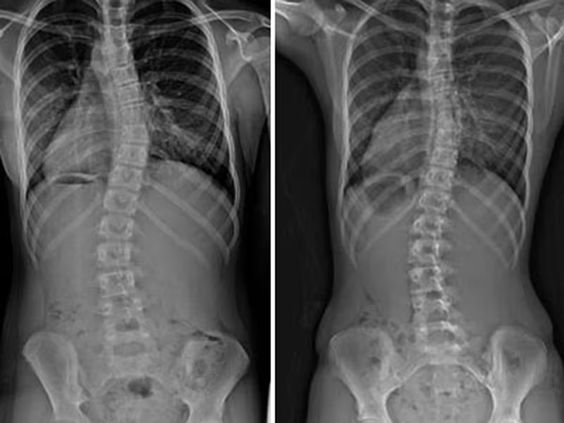Introduction:
Scoliosis, a condition characterized by a sideways curvature of the spine, affects millions of people worldwide. It often emerges during adolescence but can also occur in adults. While the thought of a spinal curvature can be daunting, understanding scoliosis and its management is the first step towards living a full and active life. This comprehensive guide will delve into the intricacies of scoliosis, providing valuable insights into its causes, symptoms, and various treatment options.

Living with scoliosis can present unique challenges, but it doesn't have to define you. Whether you've been recently diagnosed or have been living with scoliosis for years, knowledge is power. This article will empower you with the information you need to take control of your condition and make informed decisions about your health. We'll explore a range of treatment options, from bracing and physical therapy to surgical interventions, discussing the benefits and limitations of each approach.
Understanding Scoliosis: Causes and Symptoms
Scoliosis often develops during the growth spurt that occurs just before puberty. While the exact causes remain unknown in most cases (idiopathic scoliosis), factors like genetics, neuromuscular conditions, and birth defects can play a role. Recognizing the early signs is crucial, as early detection allows for timely intervention and better management of the condition.
Symptoms can vary, but common signs include uneven shoulders, a prominent shoulder blade, uneven waist, and one hip appearing higher than the other. Back pain, while not always present, can be a symptom, especially in adults. If you notice any of these signs, consulting a healthcare professional for a proper diagnosis is essential.
Treatment Options for Scoliosis
The treatment for scoliosis is tailored to each individual, depending on factors like the severity of the curve, age, and overall health.
1. Observation and Monitoring
For mild curves, regular monitoring by a healthcare professional ensures that the condition doesn't worsen. This may involve periodic X-rays and physical examinations.
2. Bracing
Bracing is often recommended for children and adolescents with moderate curves to stop the progression of the curvature during growth spurts.
3. Physical Therapy
Physical therapy plays a crucial role in managing scoliosis. Specific exercises can help improve posture, strengthen back muscles, increase flexibility, and reduce pain.
4. Surgical Intervention
In severe cases, where the curve is significant or progressing rapidly, surgery may be recommended. Spinal fusion is a common surgical procedure that involves fusing two or more vertebrae to correct the curvature.

.jpg)